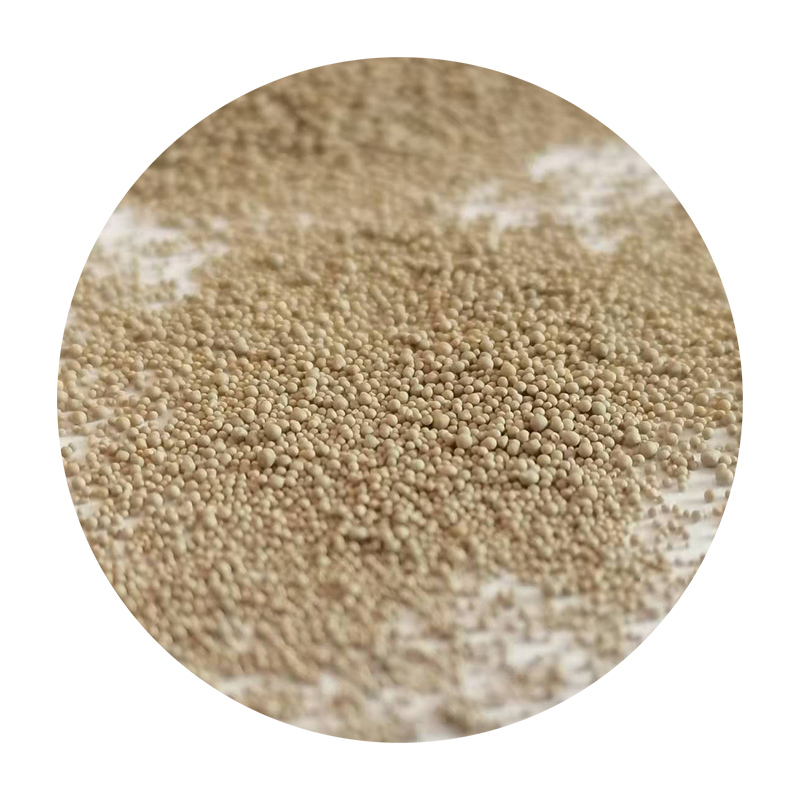Sanding Small 3D Prints A Guide to Achieving a Smooth Finish
3D printing is a revolutionary technology that allows hobbyists and professionals alike to create intricate designs with ease. However, the finish of a 3D printed object often leaves much to be desired, especially when it comes to the finer details. One of the most effective methods to enhance the surface quality of small 3D prints is sanding. In this article, we will explore the techniques and tips necessary for achieving a smooth and polished finish on your 3D printed creations.
Understanding the Basics of Sanding
Sanding involves using abrasive materials to remove imperfections and achieve a smoother surface. It is essential to note that the type of filament you use plays a significant role in how well your print can be sanded. Common materials such as PLA, ABS, and PETG each have unique properties that affect the sanding process. PLA, for instance, is relatively easy to sand due to its lower melting point, while ABS can be more challenging but yields excellent results when done correctly.
Choosing the Right Tools
To get started with sanding your 3D prints, you will need a few essential tools. A variety of sandpaper grits is crucial; typically, you should start with a coarser grit (around 100-200) to remove significant imperfections, then progress to finer grits (up to 800 or higher) for a smooth finish. Additionally, depending on the size and intricacy of your prints, you might want to consider using sanding sticks or foam pads, which can help reach harder-to-sand areas.
Sanding Technique
sanding small 3d prints

Begin by ensuring that your print is clean and free from dust and debris. If your print has large defects or support structures, take the time to carefully trim these away before you start sanding. When sanding, apply even pressure and use circular motions or back-and-forth strokes, making sure not to stay in one spot for too long to avoid overheating the material. Checking your progress frequently is important; this helps you avoid removing too much material and damaging the print.
As you move from coarser grits to finer ones, you may want to wet sand your print. This technique involves dampening the sandpaper, which can help reduce dust and improve the overall finish of the surface. Wet sanding is particularly effective for achieving a glass-like finish on certain materials like PLA.
Finishing Touches
After sanding, it’s important to clean your print to remove any residual dust. A soft cloth or a brush can be helpful for this step. Depending on the final look you are aiming for, you may wish to apply a primer or paint to your print. Priming not only provides a better adhesive surface for paint but can also fill in any remaining small imperfections.
Lastly, if you are aiming for a high-gloss finish, consider using a clear coat or resin. This addition will provide a professional touch to your project and enhance the aesthetic appeal of your print.
Conclusion
Sanding small 3D prints can significantly enhance their finish and overall appearance. With the right tools and techniques, you can achieve a smooth, professional look that highlights the intricacies of your design. Whether you’re preparing your prints for display or functional use, taking the time to sand properly is well worth the effort. Happy printing and sanding!
Post time:Oktoba . 07, 2024 00:01
Next:wet sanding ceramics
